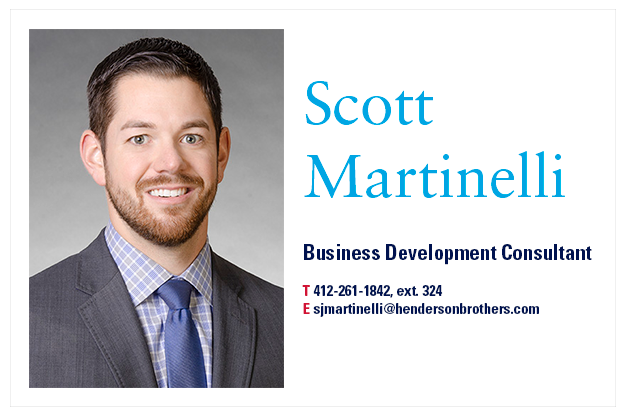Many companies are offering High Deductible Health Plans (HDHPs) to fight against what seems to be the never-ending battle of increasing employee benefits costs.
As these plans continue to rise in popularity, employees are faced with the burden of covering the higher deductibles and out-of-pocket costs. HDHPs are defined as health plan with a deductible of at least $1,000 for single coverage and $2,000 for family.
This can be a difficult threshold for many households to pay considering that two-thirds of households would struggle to cover a $1,000 emergency.
Major medical events can cost enrollees thousands of dollars. Consider for a moment that your employee suffered a heart attack. It’s a fair assumption that his or her costs will start as soon as he or she would dial 911 for the ambulance ride. The following emergency room treatment, blood test, and artery exams can send the medical bill through the roof. HDHPs keep the patient on the hook for every penny until the deductible is reached, then he or she is responsible for a portion of the remaining costs through coinsurance until the out-of-pocket max is met. The patient should be focused on recovery, but too many times is distracted by the final tab that is waiting. Without additional supplemental coverage, these costs can eat away at your employee satisfaction.
An employee approached me during an enrollment meeting with this exact scenario above. He purchased a Critical Illness policy offered by his employer. Because of this additional coverage, the gentleman was able to collect a lump-sum benefit of $10,000. Fortunately, he made a full recovery, and the money was waiting for him when he walked out the door of the hospital. Describing his experience, the employee told me, “Nobody wants to imagine the worst, but the peace of mind knowing I protected my family if the worst happens was something that I will be forever grateful for.”
There are numerous voluntary products on the market. Common options that compliment an HDHP include the following:
- Accident: Pays a benefit in the event of an accident and the treatment needed for the injury. Emergency treatments, fracture, dislocations, and concussions are a few of the benefit triggers.
- Critical Illness: Benefits are available when a participant suffers a catastrophic illness such as a stroke, heart attack, or cancer.
- Hospital Indemnity: Provides benefits to an enrollee when he or she is confined, admitted, or receives intensive care in a hospital.
Voluntary benefits are a great way to enhance a company’s existing benefit package without increasing costs. Employees and their families utilize these products to provide additional financial security in the event of unanticipated health issues. Employer-sponsored plans come with favorable group pricing and generous guarantee- issue amounts allowing participants to enroll without having to answer medical questions.
75% of all employees are satisfied with their overall benefit package when voluntary benefits are included in their benefits package. Your Henderson Brothers team is here is help you select the proper mix of products to complement and enhance your existing benefits offering and provide the coverage your workforce is looking for.
Our hands-on approach through the entire enrollment process becomes an extension of your HR department. We work with you and directly with your employees to manage the task of enrollment. Our experience means a customizable solution based on your corporate culture and demographics.
Let’s discuss a customized offering that best fits your culture and workforce.
Please note that the information contained in this posting is designed to provide authoritative and accurate information, in regard to the subject matter covered. However, it is not provided as legal or tax advice and no representation is made as to the sufficiency for your specific company’s needs. This post should be reviewed by your legal counsel or tax consultant before use.



